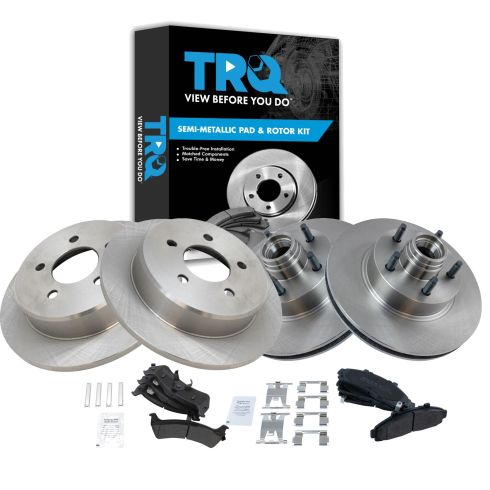1ABFS17101-Ford Mercury Front & Rear Semi-Metallic Brake Pad & Rotor Kit TRQ BKA35883

Replaces
Ford Mercury Front & Rear Semi-Metallic Brake Pad & Rotor Kit TRQ BKA35883

Product Reviews
Loading reviews
There are no reviews for this item.
Customer Q&A
No questions have been asked about this item.
















